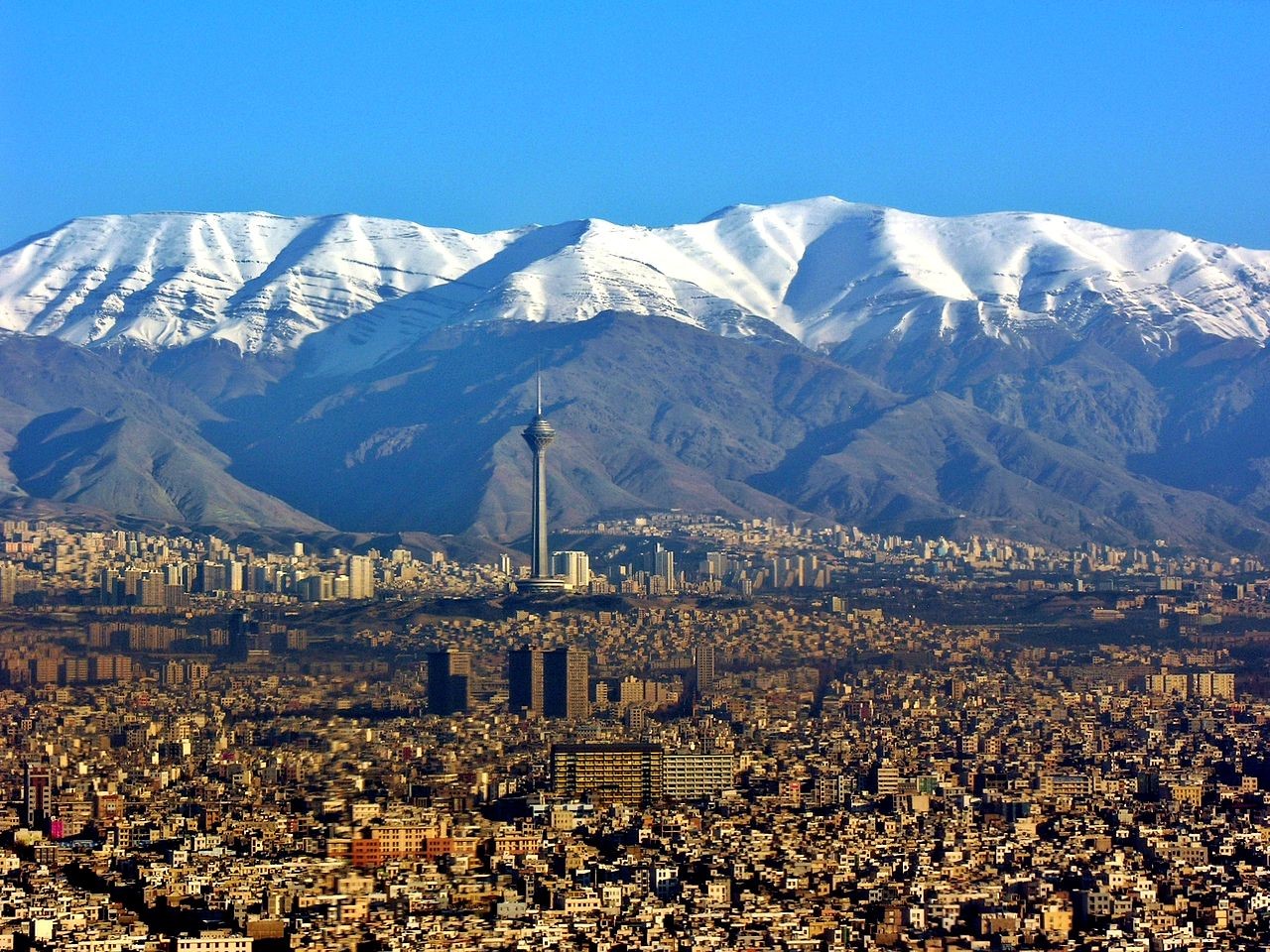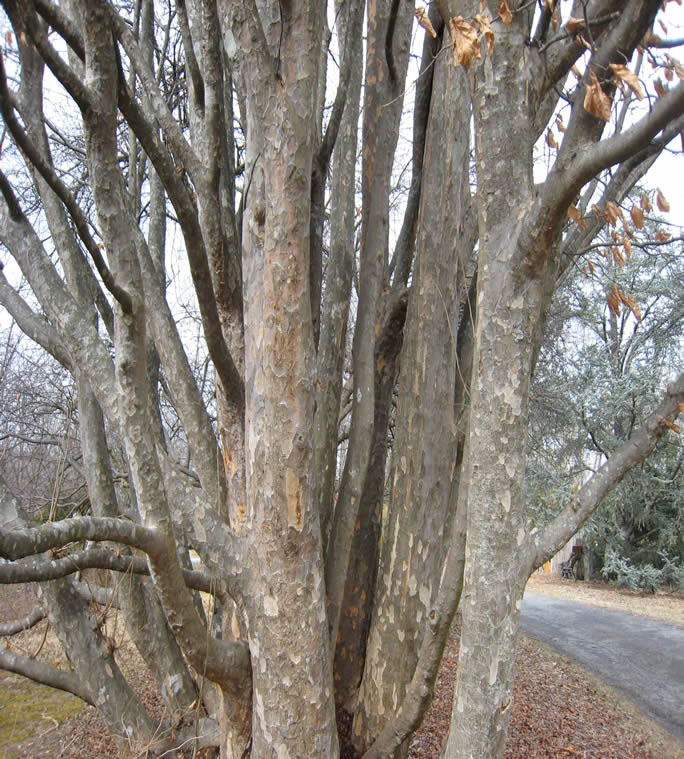 In 2019 Boxerwood received a $15,000 grant from the Stanley Smith Horticultural Trust to develop the “Woodland Walkabout”, an interpretive tour that includes the Pollinator Garden, the Native Plant Sanctuary, and some of Boxerwood’s notable “Trees of Stature.” Next time you are at Boxerwood, look for interpretive signage around these sites, and learn more about some outstanding trees! The Stanley Smith Horticultural Trust “supports education and research in the art and science of ornamental horticulture, to foster human interest in shaping, nurturing, and appreciating nature's beauty”, and Boxerwood was honored to receive this highly competitive grant. In this month’s Newsleaf we’re featuring Persian ironwood, a very early blooming tree that is flowering now.
In 2019 Boxerwood received a $15,000 grant from the Stanley Smith Horticultural Trust to develop the “Woodland Walkabout”, an interpretive tour that includes the Pollinator Garden, the Native Plant Sanctuary, and some of Boxerwood’s notable “Trees of Stature.” Next time you are at Boxerwood, look for interpretive signage around these sites, and learn more about some outstanding trees! The Stanley Smith Horticultural Trust “supports education and research in the art and science of ornamental horticulture, to foster human interest in shaping, nurturing, and appreciating nature's beauty”, and Boxerwood was honored to receive this highly competitive grant. In this month’s Newsleaf we’re featuring Persian ironwood, a very early blooming tree that is flowering now.
Persian ironwood (Parrotia persica) Family: Hamamelidaceae. Planted in 1958.
Persian ironwood is native to the Alborz mountains of northern Iran. Many horticultural references describe Persian ironwood as “a very tough tree.” It is tolerant of drought, heat, cold (down to -20 degrees F), wind, poor soil, clay soil, and air pollution.
Although we are far from its native range, we believe that a diverse collection of trees is beneficial, particularly in the face of dwindling global biodiversity and climate change. This is an excellent tree to plant to increase biodiversity, particularly given its very forgiving care needs.
Persian ironwood is closely related to witch-hazel (also planted at Boxerwood), and like witch hazel, this tree flowers very early, often in February. The small red flowers are a hopeful omen of spring, and a benefit to early emerging pollinators such as bumble bee queens and mining bees.
Persian ironwood is often planted for ornamental purposes; it has beautiful fall color, and the textured bark provides visual interest in the winter.

The Alborz mountains, where Persian ironwood is endemic. Tehran is in the foreground.

Persian Ironwood at Boxerwood
